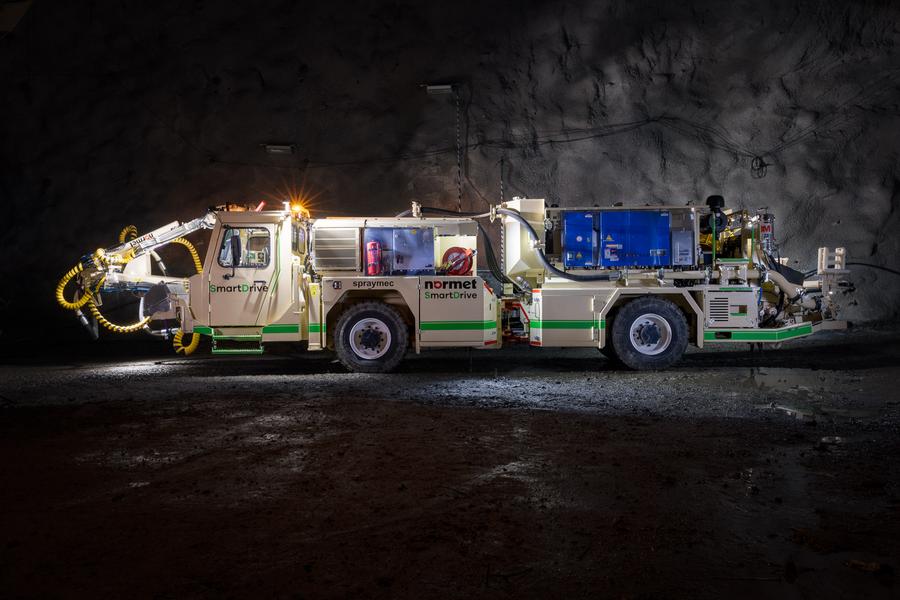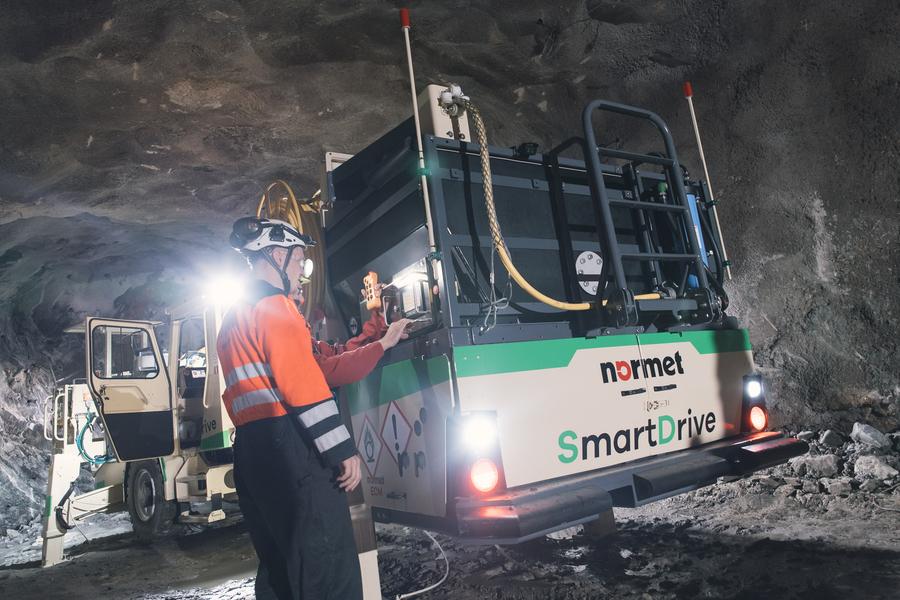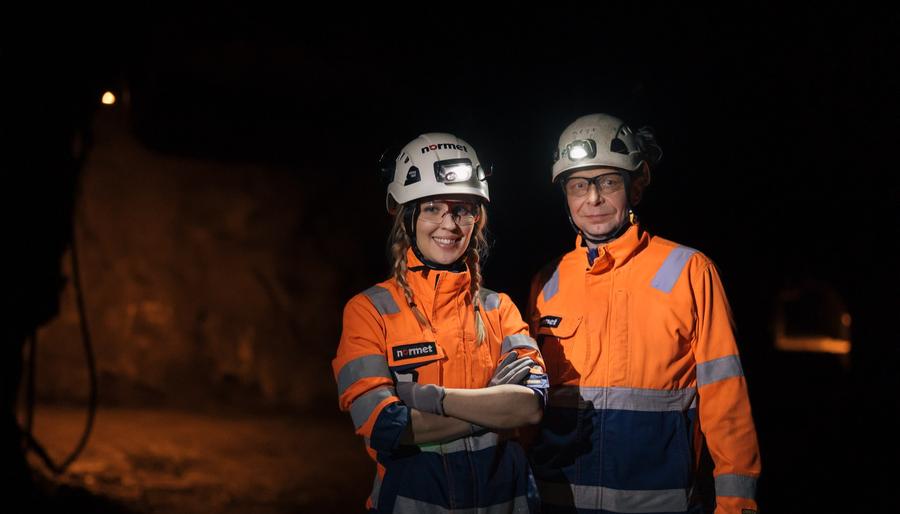April 29, 2024
Improving underground safety with automated solutions
At the core of Normet’s design philosophy are safety and productivity. Embracing automation technologies goes hand-in-hand with these principles now and in the future, says Aleksi Lukinmaa, Automation Engineer at Normet.
Removing personnel from danger
Any underground mining or tunnelling process involves some element of risk, but explosives charging is more hazardous than most. Traditional charging methods involve personnel using a basket boom to get close to the rock wall and manually charge the boreholes. “It is at precisely this location where the danger is greatest, so our remote-controlled charging solution prioritises removing workers from the unsupported part of the tunnel,” explains Aleksi Lukinmaa from Normet’s Oulu, Finland offices.
Lukinmaa began his career at Normet in 2018 while writing his Master’s thesis which also acted as a proof-of-concept for the company’s remote-controlled charging boom control system. Since, then he has been working as an automation engineer on the Charmec Revo remote charging machine. “The Charmec Revo is designed primarily to solve safety issues,” he says, “while ensuring productivity is not negatively affected.”
At the front of the Revo is a cabin carrier powered by either diesel or SmartDrive battery-electric no emissions technology. At the rear, a fully electric and highly manoeuvrable servo-robotic manipulator arm collects priming units and delivers them to the face wall. Lukinmaa’s main role for the past few years has been to develop the control system of the charging boom.
Developing from the ground up
“This has been a really interesting project to work on because it’s been built from the ground up. With the Revo we had an opportunity to come up with a completely new solution how we can increase automation in charging,” continues Aleksi.
Allowing the operator to charge the boreholes with the boom from a safe distance helps solve the immediate safety issues. One of the most interesting aspects of the Revo is the fact that the operator can fluently switch between controlling the tip of the boom or letting the automatic movements guide it. Normet’s machine vision system helps the operators to find drilled boreholes, shortening cycle times. Naturally, other safety features like a collision avoidance system and close contact prevention are also present.
Lukinmaa explains that the current Revo configuration is only the start of a long-term project. “We still have some challenges to overcome. For example, there is the issue of finding boreholes. The rock face might be very uneven and splintered, there are lights and shadows, and so on. It is hard for a machine to scan such a surface accurately and integrate with the boom to place charges correctly. And there are a lot of wires involved with explosives, so they need to be considered as a practical matter as well. We are always researching ways to increase the capability and automation levels of the machines.”
Automation – the inevitable future
The ultimate development goal is fully autonomous vehicles that could be operated from a control room located well away from the working face. To assist in reaching this objective, simulator and digital twin technology is used by Aleksi and his colleagues. “Using a digital twin has really been a game changer for us and is a huge part of my work,” he says. “It allows us to build tools first virtually and test them thoroughly before needing to produce the physical object. We can more efficiently test our ideas with our virtual models, to see how they would work in different environments and identify specific benefits that might apply in them. Then we can put this data into practice in our physical twin.”
It seems inevitable that future advances in mining will involve greater automation and digitalisation. As mines get deeper and more difficult to excavate, they also get more dangerous. “This is one big reason why the drive to increase safety stays relevant,” Aleksi concludes. “The less time you need to spend in or the further away you are from the dangerous parts of the tunnel, there is less exposure to danger, which is where automation comes in.”




